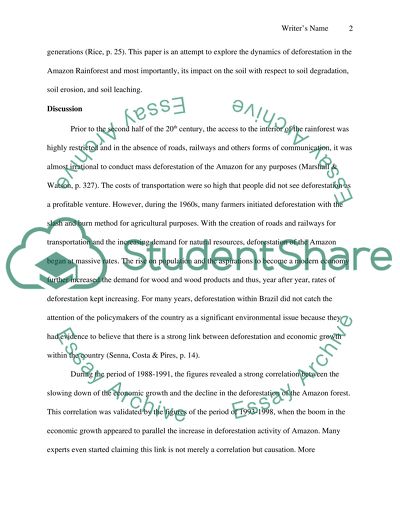Cite this document
(“Deforestation in the Amazon Rain Forest Research Paper”, n.d.)
Deforestation in the Amazon Rain Forest Research Paper. Retrieved from https://studentshare.org/geography/1402169-deforestation-in-the-amazon-rain-forest-impact-on
Deforestation in the Amazon Rain Forest Research Paper. Retrieved from https://studentshare.org/geography/1402169-deforestation-in-the-amazon-rain-forest-impact-on
(Deforestation in the Amazon Rain Forest Research Paper)
Deforestation in the Amazon Rain Forest Research Paper. https://studentshare.org/geography/1402169-deforestation-in-the-amazon-rain-forest-impact-on.
Deforestation in the Amazon Rain Forest Research Paper. https://studentshare.org/geography/1402169-deforestation-in-the-amazon-rain-forest-impact-on.
“Deforestation in the Amazon Rain Forest Research Paper”, n.d. https://studentshare.org/geography/1402169-deforestation-in-the-amazon-rain-forest-impact-on.


